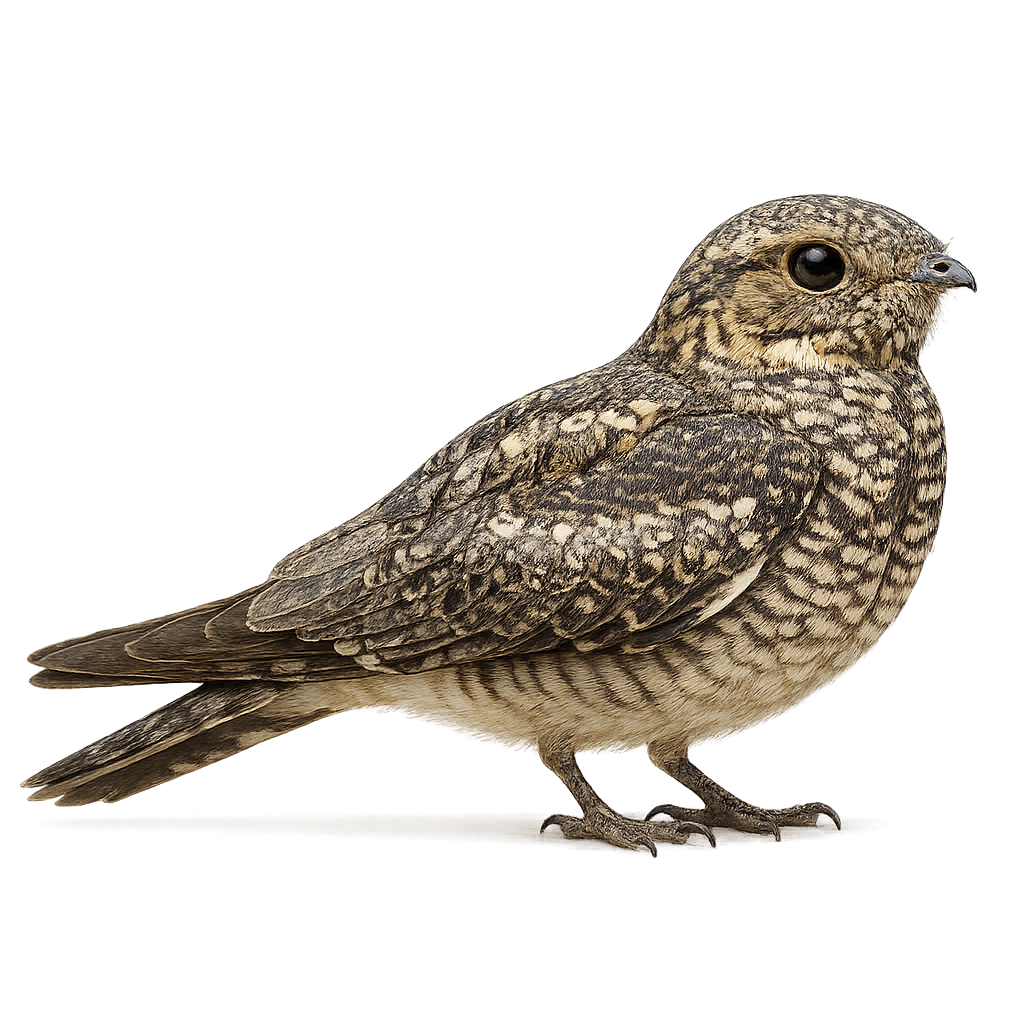Your wildlife photography guide.
Explore the lesser nighthawk in detail, study its behavior, prepare your shots.
Where to observe and photograph the lesser nighthawk in the wild
Learn where and when to spot the lesser nighthawk in the wild, how to identify the species based on distinctive features, and what natural environments it inhabits. The WildlifePhotographer app offers tailored photography tips that reflect the lesser nighthawk’s behavior, helping you capture better wildlife images. Explore the full species profile for key information including description, habitat, active periods, and approach techniques.
Lesser Nighthawk
Scientific name: Chordeiles acutipennis

IUCN Status: Least Concern
Family: CAPRIMULGIDAE
Group: Birds
Sensitivity to human approach: Suspicious
Minimum approach distance: 10 m
Courtship display: April to May
Incubation: 18-20 jours
Hatchings: April to June
Habitat:
arid zones, semi-arid areas, open grasslands
Activity period :
Active at dawn and dusk, ideal moments for observation.
Identification and description:
The Lesser Nighthawk, Chordeiles acutipennis, is a nocturnal bird belonging to the Caprimulgidae family. It is primarily found in arid and semi-arid regions of the Americas, from the southern United States to Argentina. This bird is recognizable by its cryptic brown-gray plumage, which allows it to blend into its surroundings, and its long pointed wings. It feeds mainly on insects caught in flight with its wide mouth. During the breeding season, the male performs aerial displays to attract a mate. Nests are often simple ground depressions where the female typically lays two eggs. The species is considered of least concern by the IUCN, although some populations may be affected by habitat loss.
Recommended lens:
400mm – adjust based on distance, desired framing (portrait or habitat), and approach conditions.
Photography tips:
To photograph the Lesser Nighthawk, it's advisable to use a 400mm lens or longer to capture precise details without disturbing the bird. Choose a crepuscular time to benefit from the bird's peak activity. Use a tripod to stabilize your camera in low-light conditions. Be patient and discreet, as this bird is suspicious and may fly away quickly if disturbed. Focus on open habitats where the bird is more likely to forage.
The WildlifePhotographer App is coming soon!
Be the first to explore the best nature spots, track rutting seasons, log your observations, and observe more wildlife.
Already 1 430 wildlife lovers subscribed worldwide

